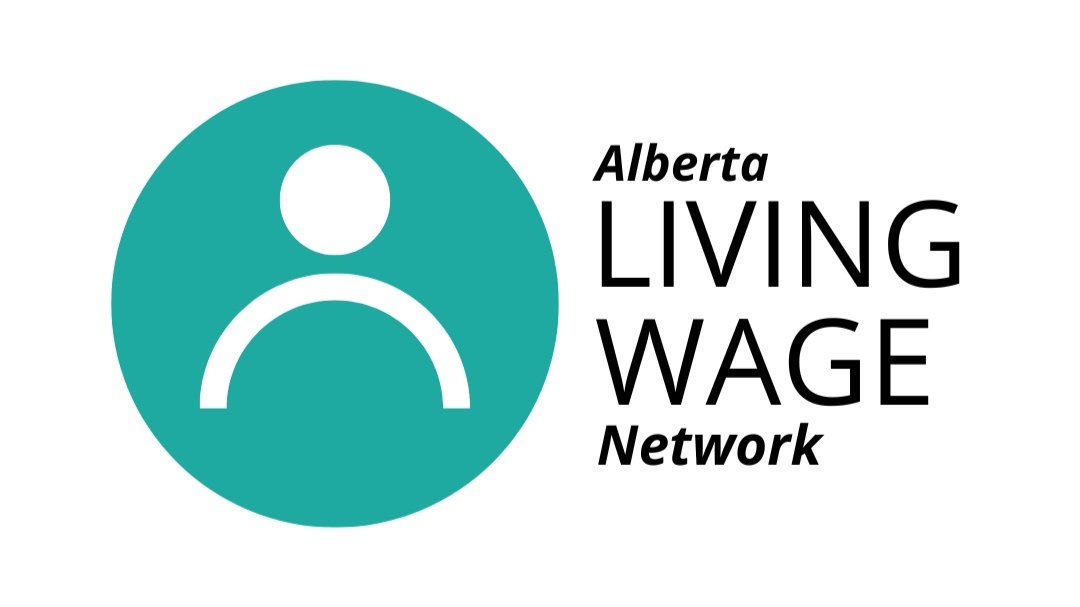The Indigenous Wage Gap in Canada
The conversation regarding the wage gap that the Indigenous population faces in relation to the rest of the Canadian population has received little attention until recently. A study done by The Conference Board of Canada in 2017 showed that across Canada, Indigenous folks with a high school diploma earned between 15 to 19% less than their non-Indigenous peers, and the gap only widens when looking at the territories.
At first glance, the average income in the territories appears to be higher than the national average, however the income distribution is even more vast. “The largest gap for Indigenous men is in Nunavut,” said Adam Fiser, a senior research associate with the Conference Board of Canada. In 2010, Indigenous men in Nunavut earned 61% less than their non-Indigenous peers, in Yukon they earned 38% less and in the Northwest Territories they earned about 46% less.
Research noted that “the more unequal a society is, the more difficult it is to move up the social ladder, simply because children have a greater gap to make up.” However, this gap can be bridged with education. Research found that on average Indigenous university graduates in the territories earned over $160 for every $100 earned by an Indigenous high-school graduate in 2010. The solution to income disparity in the territories is to “invest in youth early,” by “focusing on education, focusing on their cultural backgrounds and identities so that they feel that when they go through school, it’s providing meaningful opportunities for them, that it’s not separating them from their heritage.”, said Adam Fischer, a senior research associate with the Conference Board of Canada.
Not only is there a wage disparity, but rates of unemployment are also historically higher for Indigenous workers as compared to their non-Indigenous counterparts. Research published in December 2021 by the Canadian Centre for Policy Alternatives showed that pre-pandemic the unemployment rate for Indigenous women averaged at 8.3% compared to 5.2% for non-Indigenous women, and 12% for Indigenous men as compared to 5.9% for non-Indigenous men.
Public Policy Forum released “Mapping the Landscape: Indigenous Skills Training and Jobs in Canada”, a study that found that now is the time for policymakers to address unemployment and underemployment, as 350,000 Indigenous youth will come of age in 2026. They found that if this population is supported with quality, targeted and culturally appropriate education, skills and training, they would boost the national economy by $27.7 billion annually. The study cited, “We also need clarity on what labour market data is most useful to Indigenous business operators, policy makers, and workers,.”and that, “Evidence-driven policy requires good data, and we recommend investment in understanding the nature of Indigenous labour market data gaps.”
Sources:
https://www.cbc.ca/news/canada/north/wage-gap-indigenous-north-1.4223414
https://www.conferenceboard.ca/hcp/provincial/society/territories.aspx
https://ppforum.ca/publications/mapping-the-landscape-indigenous-skills-training-and-jobs-in-canada/
